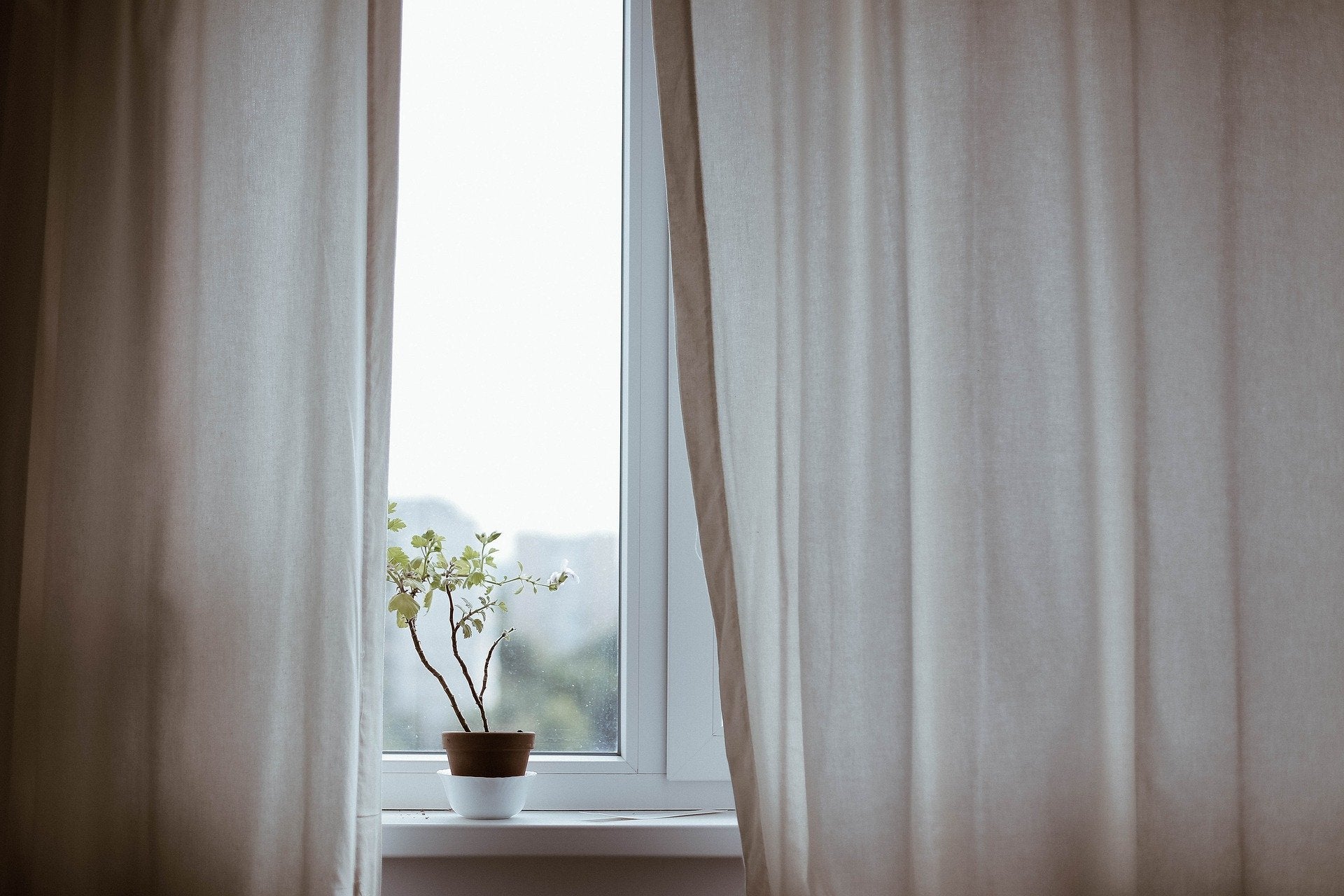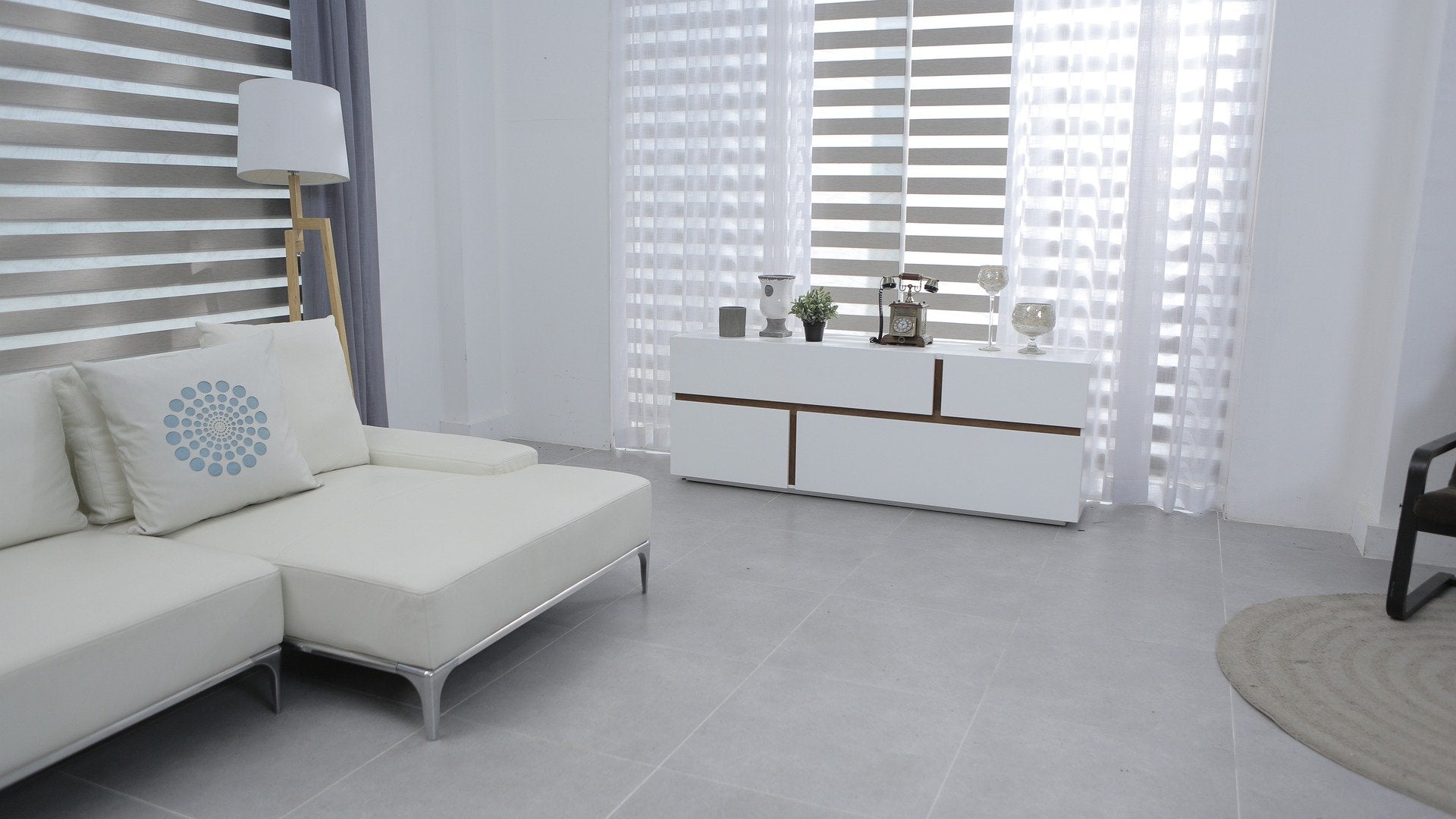
What is the difference between a curtain and a drape?
Curtain panels, drapes, drapery, and drapery panels are used to describe curtains. Although most people confuse the terms curtain and drapes, there is a differentiation between the two. When you move into a new location, one of the first things is to cover the windows. Window coverings can give seclusion and warmth, but they can also change the look of a space. It's critical to get your window coverings just right if you want to create a pleasant and lovely room. Drapes and curtains are sometimes confused. However, they are made of two different materials. Continue reading to learn more about the differences between the two and receive professional guidance on selecting curtains or drapes for your own house.
The Difference
Curtains and curtain panels are interchangeable terms. Curtains usually are hung on a rod by tabs and do not have linings. They're typically light and can be utilized as decorative items. Curtains are unpretentious and straightforward to construct. The length of the curtain panels is solely determined by the location in which they will be used. It can be floor-length or short, and it should be long enough to cover the window. When you start adding linings to your curtains, they'll resemble drapery panels.
Drapes and drapery panels are the same thing; they're lined and run the room's length from top to bottom. Hooks are frequently used to attach them to a traverse rod. Both panels may be opened and closed with the help of a cable. Unlike curtains, which you can open and close by hand, drapes are more formal and sophisticated. Drapes are usually pleated. It may still take up some space in your window view when completely open. When both sides of the window are fully extended, you should estimate the cloth's breadth.
Advantages of Curtains

Light Adjustments
Covering up the most delicate natural light source isn't always a good idea. To hide sunlight, you may, for example, hang heavy blackout curtains on north-facing windows. This does not provide you with a versatile window treatment. You may adapt the thickness of the cloth to your needs with bespoke curtains, allowing in the most appropriate amount of light. Thinner materials enable sunlight to get through, whereas thicker ones block it more effectively.
Energy Efficiency
Custom curtains can save you money on utility expenditures and provide variable illumination. This is feasible due to their insulating characteristics, which prevent outside heat from entering. Over time, you'll decrease your monthly energy costs while also enjoying an attractive appearance.
Creative Designing
You may personalize your curtains to properly complement your décor by choosing from many styles, colors, and patterns with bespoke curtains—mix diverse colors, textures, and ways to create a layered design that shows off your flair. Switch curtains and use various fabrics and colors depending on the season if you quickly become bored with the procedures and patterns. Darker colors, for example, are appropriate in the winter, while floral arrangements are appropriate in the spring.
Advantages of Drapes

Lesser Noise
Drapes help to muffle noise from a busy street or nearby residences. You may be assured that your Saturday morning will be uninterrupted, thanks to personalized draperies in your main bedroom.
More Privacy
Your privacy is frequently overlooked until it is compromised. Draperies are a fashionable method to get some. Another feature of curtains that is often forgotten is their ability to manipulate light. Over time, direct sunlight may harm floors, furniture, walls, and artwork. Alternatively, you may be viewing a movie during the day and notice that light is reflected on your TV screen. Lined draperies provide a theater-like experience in the comfort of your own home in certain situations.
Adjustable Size
Whether you have enormous windows or small ones, custom drapes guarantee that you have perfectly-fitting window coverings. Custom curtains are created and made to fit any window type and size.
Summary
Curtains come in pairs or panels and are used to cover blinds or shades. They are generally composed of lighter fabrics, but can be room darkening or blackout and hang on curtain rods, extending to the windowsill or floor. Drapes are lined and crafted from heavier textiles to block out more light. They're also more formal in appearance, rising to the floor or even puddled there. Finally, the primary distinction between drapes and curtains is relatively straightforward. Drapes, on the other hand, are pleated and more formal. Curtains are discreet and simple to make. Expanded fabric flows may cause the window to be more inviting.


